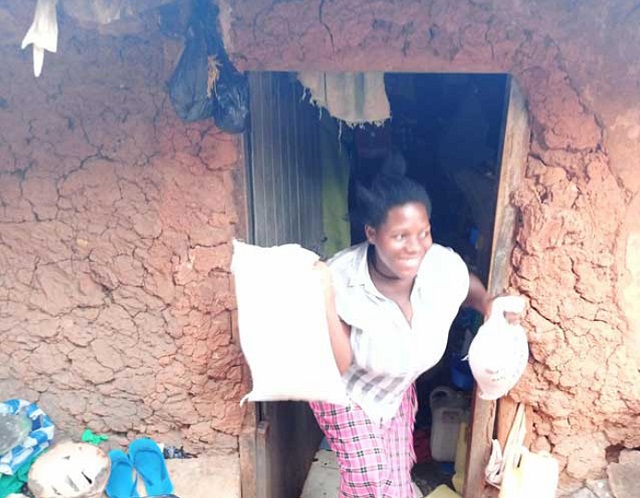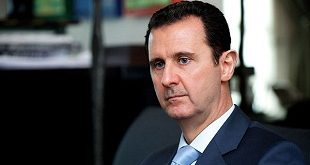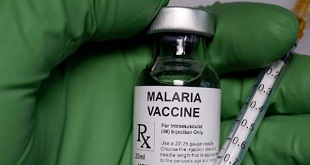
Feeding the rich, ignoring the poor
Museveni was sucked into the food distribution crisis for political reasons. He could not let politicians, especially the opposition in their hotbeds of Kampala and Wakiso districts handout food when the government was not offering food. And he could not publicly deny that the lockdown was depriving people of the means to earn money. Although food markets remained open, a case could be made that many would tighten their food budgets.
The political fire was fueled by Kampala Central MP Mohammad Nsereko. On March 30, the country had been under partial lockdown for five days after Museveni banned public transport on March 25 lockdown in a bid to slow the spread of the Corona virus disease COVID-19. Unrest over food scarcity was rising.
That day Nsereko arrived in the low income neighbourhood of Kamwokya with a truckload of maize meal posho and beans. Clad in sleeve-less T-shirt, loose pants and face hidden behind intimidating looking gas mask and googles, he looked prepared for the worst.
His explanation was that he was here to distribute the food items to vulnerable households which, due to the lockdown, were unable to go out to hustle for their daily bread as taxi drivers, boda boda riders, sex workers and more.
In reality, it could have been a politically motivated stunt. Nsereko’s constituency covers the heart of the capital, Kampala city, and has the richest people in Uganda. Although Kampala district has pockets of poverty in Kamwokya and Kisenyi areas among its population of 1.5 million residents according to the Kampala Capital City Authority planners, the poor are outside Nsereko’s constituency.
The poorest people in Kampala City live in constituencies in Kawempe and Nakawa division in areas such as Katanga, Bwaise, Kazo and Kiswa, Lower Naguru, and Mbuya and parts of Makindye Division like Katwe.
Kampala Central has just 1% of the population considered to be below the poverty line compared to the 21% average for the country. These are the people described as earning less than US$1.90 which is the poverty line. In other words, Kampala Central is the last possible place in Uganda for a food crisis to break out.
But Nsereko’s gambit worked. A crowd soon gathered around his food truck. That was a breach of the COVID-19 regulations imposed by the government. Then people started jostling. That was more breach. There were calls for them to maintain the one metre apart rule but nobody headed them. It became more chaotic when the police stepped in to stop the food distribution.
But the MP would not have minded that. His point was made. He could now say, during the next election campaign for example, that he was willing to offer assistance to his voters but the police had blocked him. And, quite tangentially, Nsereko’s move had put President Museveni on the spot. Museveni realised the political deftness of Nsereko’s move. He realised that politicians all over the country could soon jump on the food distribution bandwagon.
Later that same day, March 30, President Museveni imposed a nationwide total lockdown. He also banned food distribution by individuals. He announced that the government would give food handouts. Museveni’s move showed that he could not let food distribution, which is a common vote winner in Uganda, happen; especially if he was not implementing any government plan to offer food. The government started distributing food five days later, on April 04. At this point, Museveni was being rated highly for his government’s handling of the COVID-19 health pandemic.
By early April when the events described in this article happened, Uganda had the lowest recorded COVID-19 in the East Africa region; about 48 and zero death. The low figures could be attributed to limited testing for COVID-19 in the country which is restricted to only suspected cases and limited opportunistic cases such as medical workers, cross-border truck drivers, and anxious walk-in cases.
 The Independent Uganda: You get the Truth we Pay the Price
The Independent Uganda: You get the Truth we Pay the Price


